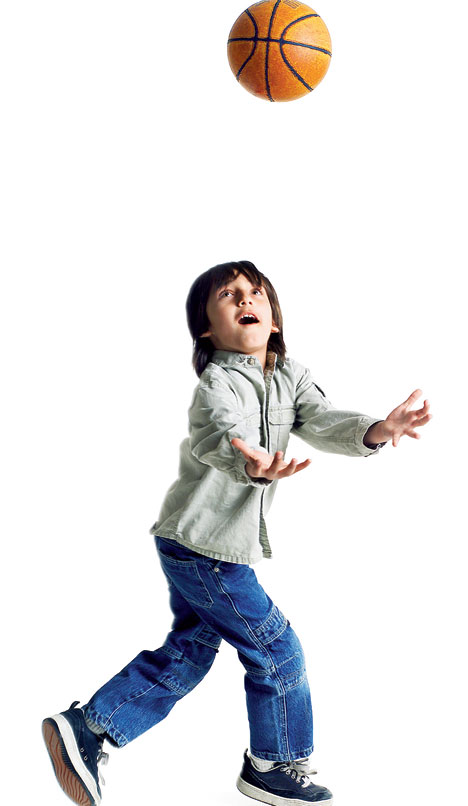
Physical activity tends to decline during adolescence. This is particularly evident when one reaches puberty. During puberty, adolescents go through both physical and psychosocial changes. Their bones tend to grow faster than their muscles/tendons and they become more conscious of their physical self-concept (understanding of the physical self with regard to the environment).
There are lots of movement-related injuries documented during this phase due to growth spurts. In addition, it has been reported that most adolescents lose interest in physical activity either due to injury, or lack of perceived competence (mastery of physical skills and movement patterns and enjoyment). Therefore, it is important to address these issues so that they can continue with physical activities into their adulthood.
Recently, there has been a lot of interest in teaching fundamental movement skills (FMS) to children to improve perceived movement competency and reduce the chances of non-contact injuries.
FMS is considered the cornerstone of the physical development during youth. A sound understanding of it can help children and adolescents with both organised (sports) and non-organised physical activities.
FMS can be divided into three basic categories:
Locomotion, which includes running, hopping, bounding and skipping.
Manipulative object control, which includes catching and throwing.
Stability, which includes balancing and twisting.
Studies have reported that mastery of FMS can contribute to an adolescent’s biological, psychological and social development. In addition, FMS has also been shown to influence perceived motor competency and health-related fitness in children. So, teaching FMS to children can be useful.
In addition, most sports require sound FMS, but participating in sports itself may not be enough to develop them. The outcome-focused (winning and losing) approach can sometimes prevent children from learning quality movement skills.
Therefore, engaging children in a progressive FMS programme complements their sport and also helps them avoid non-contact injury as a result of participation in sports and physical activity. For example, teaching proper mechanics in hopping and skipping can positively influence major sporting determinants such as sprinting performance. However, engaging children in a structured FMS programme can be challenging due to their perception of fun and enjoyment. An instructive approach seen in most structured physical development programmes can be monotonous and may hinder their creativity, due to the solution being provided easily.
So, creating a balance between the amount of deliberate practice and enjoyment would be key to teaching FMS to children. Even though children naturally tend to develop a basic form of fundamental movement pattern, more mature patterns tend to develop with deliberate practice and constructive feedback.
Furthermore, a task-oriented motivational climate (an environment that emphasises process instead of outcome) that encourages self-mastery, autonomy and creativity will be vital in keeping children engaged, particularly during adolescence.
Here are a few strategies to help children learn FMS:
Focus on one or two key learning outcomes per session, such as jump and land. The attention span of young children is limited. So, keeping the learning outcome to one or two points can be beneficial from a learning perspective.
Give constructive feedback but avoid too much information. Giving one or two key points can help them organise their movements better. For instance, someone who tends to land hard when jumping can be instructed to land softly. One has to avoid making feedback too technical so that children can relate to it.
Tell children why they are learning a particular skill. It’s very important for children to understand why they are being taught certain skills. Only then can they relate to it and that should help in their engagement.
Give children autonomy when teaching FMS. It can strengthen self-efficacy and self-determination. Children tend to be more involved when they are given responsibility. It can also help with creativity as they start taking the initiative about their own learning.
Make sure they are having fun. If children are not having fun doing something, it will be difficult to engage them for too long. Therefore, incorporating tasks or games that involve key FMS can be useful. However, if using games, the emphasis should be more on creativity than competition.
Kaushik Talukdar is the founder and CEO of Athlete Institute (www.athlete.institute). He tweets @Coachkaushik











